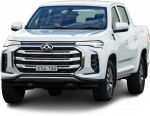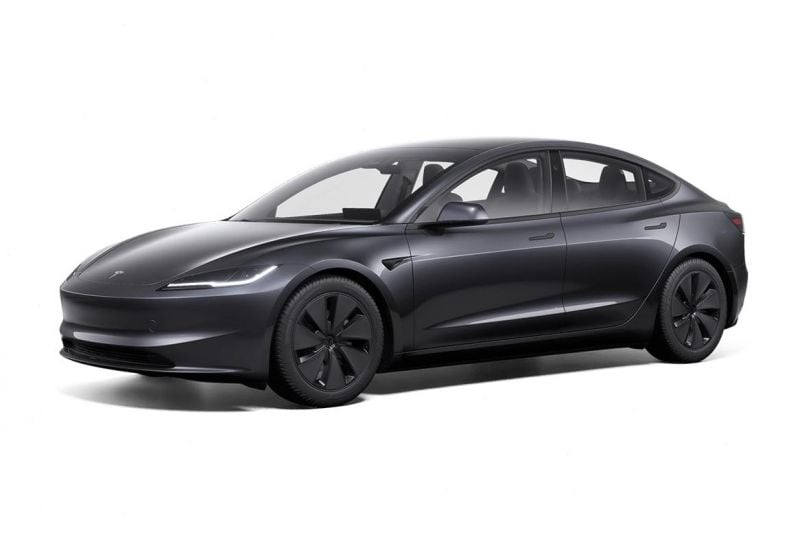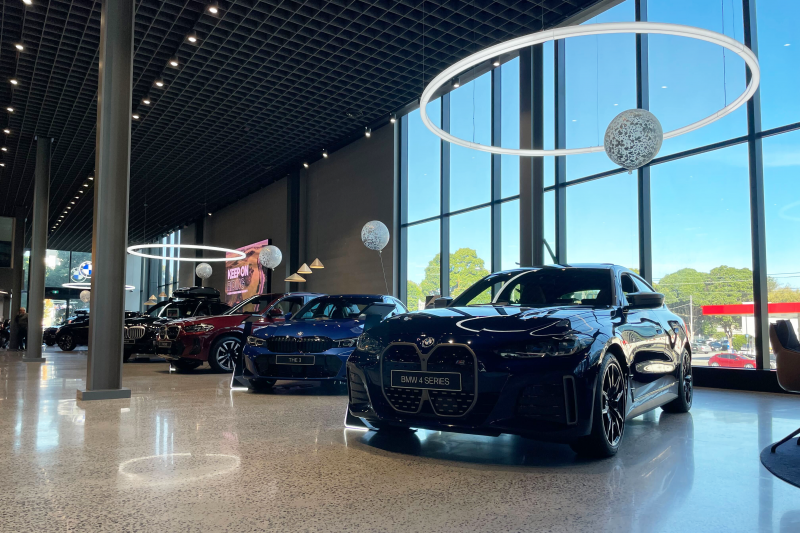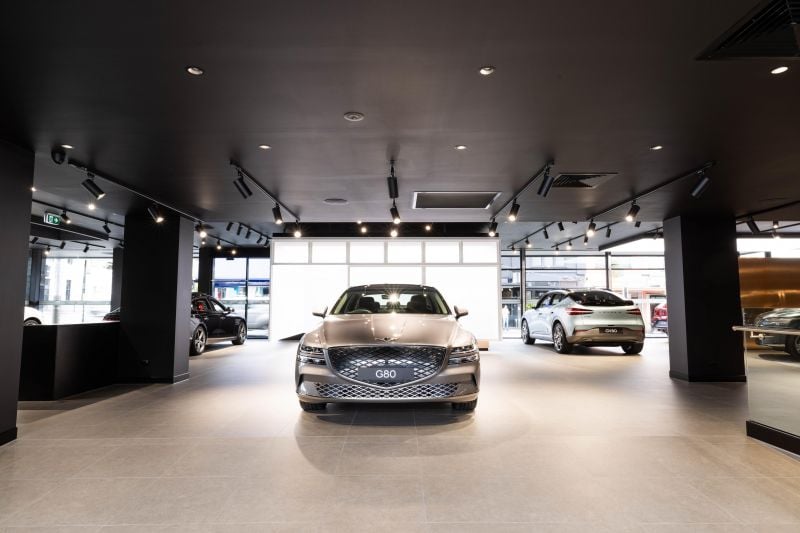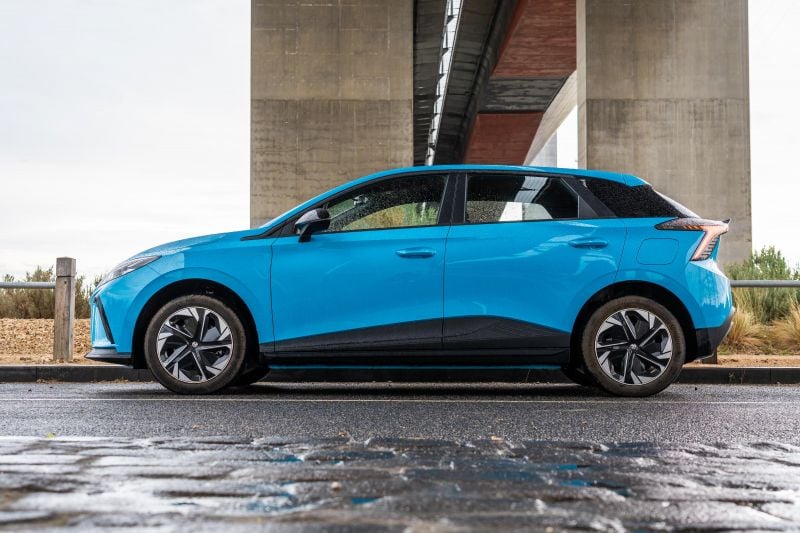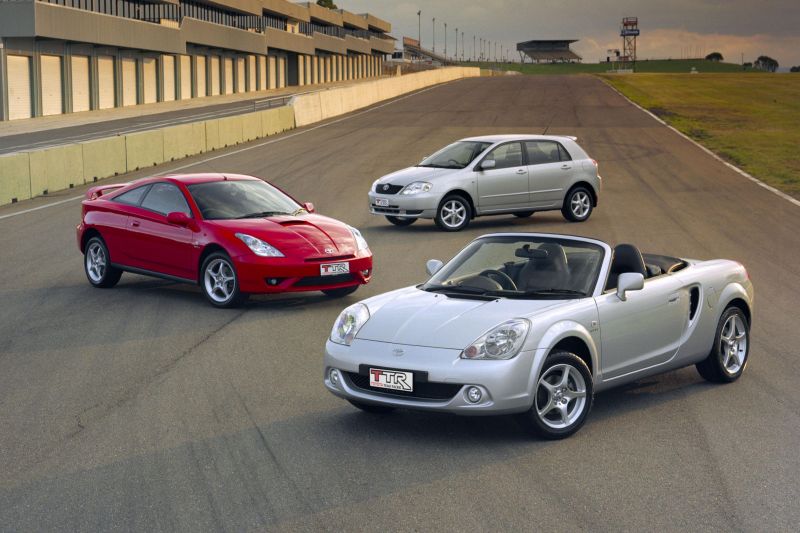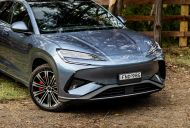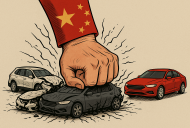If you thought 2024 was a big year in the automotive world, you’d better hold onto your hat in 2025.
It’s now a given that at least another half a dozen new Chinese auto brands will arrive in Australia next year, and that they’ll increase to about 70 the total number of carmakers competing in what’s likely to be a smaller new-vehicle market than the industry record set last year.
But it remains to be seen what impact that and Australia’s first mandatory new vehicle emissions regulations – among a host of other factors including the economy, consumer sentiment, government policies including Fringe Benefits Tax (FBT) exemptions, and the global supply chain – will have on the prices of new vehicles, the number of new model launches, and the type of cars made available here.
We don’t have a crystal ball, and the car industry always delivers surprises, but here are some of our predictions for the new year.
Paul Maric: EV market to cool
I think we’ll see a further cooling of the EV market as consumers guard their vehicle’s residual value more closely.
Consumers are once bitten, twice shy when it comes to owning an electric vehicle, and as subsidies eventually wind up (I’m still not sure why taxpayers should be funding play things for well-off Australians), they will start heading back to hybrid or plug-in hybrid options.
I think that will begin to shift as battery technology becomes better, but I’ve learned that you don’t want to be stuck driving an EV during busy periods when chargers have long queues. Always have a trusty internal combustion car on standby!
Marton Pettendy: New-car price cuts
The purchase prices of new cars generally go up and rarely come down, but that’s exactly what I expect them to do in 2025, at least in the first half of the year – with a few exceptions.
As with most commodities, new-vehicle prices are a factor of supply and demand, and since the record low stock levels due to production and shipping constraints during COVID, supply has definitely caught up with demand.
In fact, many car companies are facing serious oversupply problems, after the market cooled in the latter part of 2024 and private buyers in particular held their finances more tightly amid the worsening cost of living crisis, forcing some auto brands to lease expensive temporary holding yards to store excess stock.
So it’s already a buyer’s market, and discounts should continue to become more generous and widespread as carmakers and dealers reduce their retail prices – or at least their transaction prices – in an attempt to clear stock in an increasingly crowded marketplace.
Of course there will be exceptions, including in-demand models that still command long waiting lists, like the new Toyota Prado, RAV4 Hybrid and LandCruiser 70 Series, as well as limited-edition and high-end models.
And the federal government’s New Vehicle Efficiency Standard (NVES) could put upward pressure on the prices of high-emitting diesel vehicles, including almost all of Australia’s most popular utes, when penalties start kicking in for car companies that don’t meet their fleet-wide CO2 limits from mid-year.
Exactly which models that will affect and to what extent will depend on the volume and profit targets of carmakers, and their ICE/EV/PHEV/HEV vehicle mix, and electric vehicle brands and their customers will be the biggest winners.
But auto brands are in the business of selling cars and must remain price competitive, so you can expect generous discounts for not only EVs but many of the most popular models.
William Stopford: 2025 will be the year of the hybrid
Electric vehicle sales continue to grow, but the dominance of Tesla in this segment and its months-long slump this year has had a huge impact on the overall percentage increase. However, an updated Model Y could breathe new life into Tesla sales in 2025 in a way the Model 3’s update didn’t, given the market’s desire for SUVs.
I expect EV sales to grow once again in 2025, if not at the same level as, say, 2023. But I also expect hybrids to continue their enormous growth, particularly with the NVES coming in and spurring manufacturers to bring in more hybrid models.
With the price premium between hybrids and combustion-powered models shrinking at brands like Hyundai and market leader Toyota outright killing a raft of non-hybrid models this year, what was once an almost exotic technology is becoming extremely mainstream.
Plug-in hybrid sales also rose markedly in 2024, but the end of the Fringe Benefits Tax (FBT) exemption for PHEVs in April 2025 seems destined to cool demand even as more models come including the BYD Shark 6 and Ford Ranger PHEV.
Jordan Mulach: The year of the buyer’s market
2025 could turn out to be a buyer’s market in Australia, with the production backlogs of previous years cleared and supply finally outweighing demand.
While price cuts aren’t out of the question, it’s going to be more likely that new-car buyers will be able to negotiate a better deal, which will be a welcome change of pace compared to the COVID years.
I don’t think Australia will reach the record sales pace of 2023 and 2024, and with so many new brands – especially those offering affordable products – coming to market, we can expect to see a few marques fall by the wayside.
James Wong: NVES will finally drive positive change
It’s time for the mainstream players to put their money where their mouths are.
For many years the major auto brands have been using Australia’s lack of emissions reduction policy and fuel quality standards as an excuse for not offering cleaner and more efficient powertrain technologies.
Now with the federal government’s looming NVES, there’s a developing framework to give local distributors license to get their respective global head offices to take action.
It has been refreshing to see key industry stakeholders get involved in the conversation, but now I want to see the product offerings that finally reflect a more environmentally friendly market framework.
Actions speak louder than words.
Jack Quick: PHEV sales will continue to spike
After a decade of Australians having the option of plug-in hybrid electric vehicles (PHEVs), I predict the popularity of PHEVs is going to reach an all-time high in 2025.
As part of this theory I believe the federal government will extend the FBT exemption for PHEVs beyond April.
There are a bevy of new PHEVs coming to the market over the next six to12 months, and desirable and affordable options like the BYD Sealion 6 and Shark 6 are already striking chords with Australians.
Josh Nevett: Down, down, EV prices go down
A perfect storm is brewing that should see the prices of electric vehicles continue to fall in 2025.
Over the course of this year we saw carmakers slash prices across EV models – examples that come to mind include controversial Tesla cuts and the battle between MG, BYD and GWM to offer the cheapest EV in Australia.
I’m expecting that competition to ramp up further this year, as new Chinese carmakers enter the Australian automotive scene with a mission to capture market share.
Demand factors should also place downward pressure on EV prices – the cost of living crisis continues to bite, and electric vehicle sales growth has stagnated amid a backdrop of manufacturer uncertainty. That means excess stock of EVs, which will translate to deals for buyers.
Could we see the entry point for EVs drop below $30,000? I wouldn’t be surprised.
Max Davies: Toyota will confirm a new Celica and MR2
Toyota is pretty much the only mainstream Japanese brand that’s still all-in on performance cars.
The work of its Gazoo Racing division is simply awesome, and the GR Yaris, Corolla, 86, and Supra are great things.
Where other brands have either dropped their performance lineups or are resting on their laurels with half-hearted fast-ish cars, Akio Toyoda’s love for motorsport and hotted-up machinery is a big reason why Toyota is as interesting to me as it currently is.
We know the brand isn’t averse to expanding its GR range either, and of course the rumour mill has been on about potential new models for some time.
In light of recent news and my own GR optimism, I anticipate we’ll get official word on a new Celica and MR2 sometime in 2025.
Those two models haven’t existed since 2006 and 2007 respectively, and they’ve been posthumously elevated to Japanese icon status among enthusiasts as other JDM heroes have soared in price.
There’s potential for these cars to be absolute weapons too, perhaps in honour of the GT-Four models of old. And with all the talk of new Toyota performance engines, they could form the hearts of these new models.
Honda’s new Prelude proves there’s an appetite for smaller two-door sporty coupes too, and that car was always a historical rival to the Celica in particular. I’m sure Toyota won’t want Honda to hog the limelight for long.
Naturally, I’m biased as an owner of a fourth-generation Celica, but for once I don’t think my wishful thinking is unfounded.
